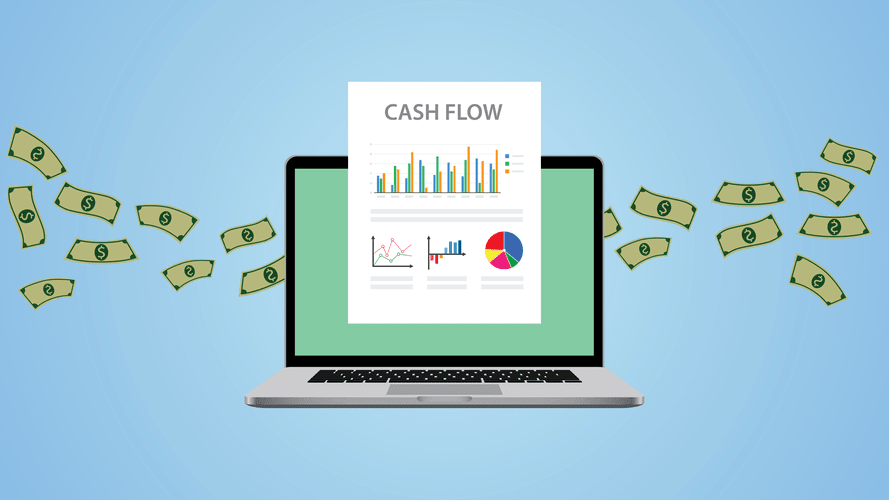Ecommerce Accounting: A Beginners Guide for 2024

To make sure you’re paying all your required taxes to the right governmental entities, it’s best to consult with a tax professional or use tax filing software. Either of these methods will help you with this headache of a task and make sure you do it the right way. Your cash flow statement helps you understand how much free cash flow your company has at its disposal. This software program will organize your chart of accounts and help you improve your cash flow. This program is ideal for tech-savvy individuals who need the organization and math skills of a software program to help with this task.
When you think of bookkeeping, you may think it’s all just numbers and spreadsheets. Bookkeeping is the meticulous art of recording all financial transactions a business makes. By doing so, you can set your business up for success and have an accurate view of how it’s performing. While the basics of accounting ecommerce bookkeeping haven’t changed in over 500 years, the practice of bookkeeping has. Bookkeeping was once done manually using actual books called journals and ledgers. Because bookkeeping is based on double-entry accounting, each transaction affects two accounts — one gets debited and the other is credited.
Balance your books
If you have a bookkeeper and employees, establish rules and procedures for access and security. Understanding how these aspects of e-commerce operations affect your bookkeeping makes it easier to choose the right solution for your business. If you accept cash or checks, keep in mind that your books won’t recognize that income until you’ve cashed the deposit. And then, you’ll need to update the transaction with the necessary details and categorization manually. Accounting software will also help you plan for growth and manage your cash flow.
It’s not when the money is received in hand or sent out for payment. From keeping track of your daily sales to having proper records in place for tax time, managing your books should never be put on the sidelines. Keeping your records straight and accurate ensures your business operates efficiently and legally, too.
Tax management
This includes metrics like cash flow and gross profits, balance sheets, and profit and loss (P&L) statements. Ecommerce accounting also includes running financial reports such as profit and loss statements and cash flow statements. The main difference between ecommerce bookkeeping and ecommerce accounting is how the financial data is used. An eCommerce bookkeeper records the financial data and transactions of an eCommerce business. Basically, bookkeeping is the process of tracking the money that goes in and out of your business.

As an ecommerce entrepreneur, few things are more exciting than watching the money start to roll into your bank account. If you know you’ll need a professional to help you with these tasks, outsource these jobs to third party companies. After all, these individuals are well-versed in these areas and trained to complete the ecommerce accounting and bookkeeping tasks for you. The income statement, also called a profit and loss statement, indicates how your business is doing financially over a certain period, such as a few months or a year.
Scan and Store Receipts
At the end of the year, you get a financial package that gives you everything your accountant needs to file your taxes. Bookkeeping involves tracking and categorizing business transactions, such as sales, purchases, receipts, invoices, and payments. This means bookkeepers handle tasks like balance sheet preparation, payroll, and accounts payable and receivable.
- These reports provide valuable insights into your business’s financial performance and help guide decision-making.
- However, you must still track and pay state and local taxes, as well as make tax-related filings, such as sending Form 1099 to contractors.
- If you offer gift cards, the sale only gets recognized as unearned revenue when the card is redeemed because you haven’t exchanged any goods until this point.
- Accounting software will also help you plan for growth and manage your cash flow.
- For the sake of simplicity, this article refers to all essential financial tasks as accounting.
- Track sales, forecast demand, set low stock alerts, create purchase orders, count inventory, and more.
With these and several other factors, you can estimate the profitability of an SKU. There’s a lot of talk about how it’s essential to follow your gut in business. However, having access to reliable financial data is often more critical. Accurate inventory tracking and other aspects of bookkeeping lead to better decisions. Let’s look at the top small business accounting software you can use in your ecommerce business. This method gives a more accurate picture of a company’s financial situation, but it’s also more complex than cash basis accounting.
How to track inventory in ecommerce bookkeeping
Categorize all the chargebacks as “Returns and Allowances.” Also, if the chargeback included an extra fee, mark it as a business expense. To maintain positive cash flow, especially as at early growth stages, you need to be mindful of every cent you spend. Let’s start with the basics and recap who is who in the accounting field. Tax management, bookkeeping, and growth planning are often three major areas of emphasis. And when tax season rolls around, and you file your tax returns, make sure they’re correct and complete. You should review all these items to determine the overall financial health of your company.

With Xero, you can have as many users as you need, with different account control levels. Here’s a list of the top small business accounting software you can choose for your ecommerce business. This approach provides a more comprehensive view of your business’s financial status in the long run. However, it’s important to note that despite recognizing the revenue, your business bank account may not reflect the immediate inflow of funds. Let’s suppose you have an outstanding invoice for $1,200 from a web designer for website updates.
